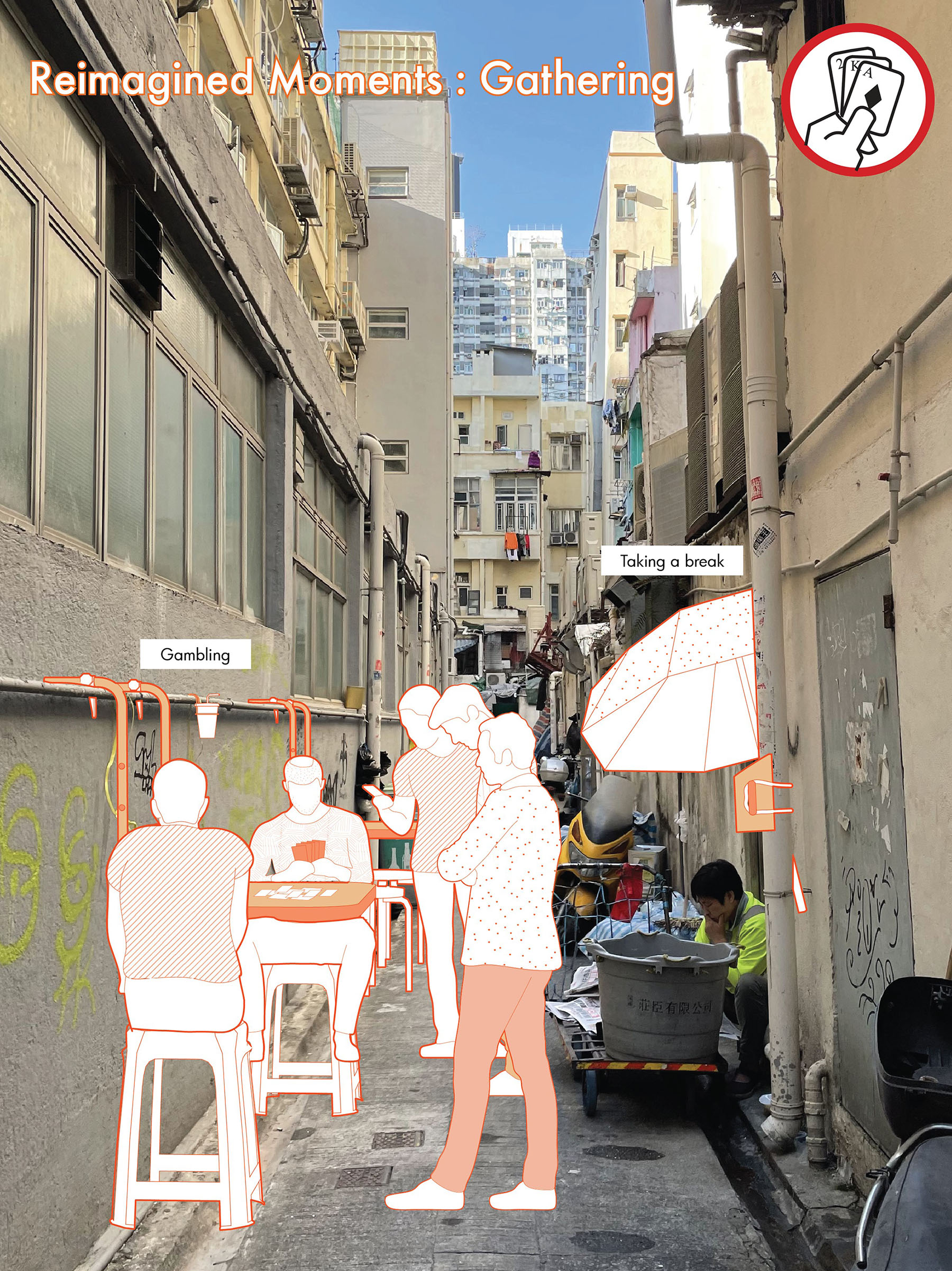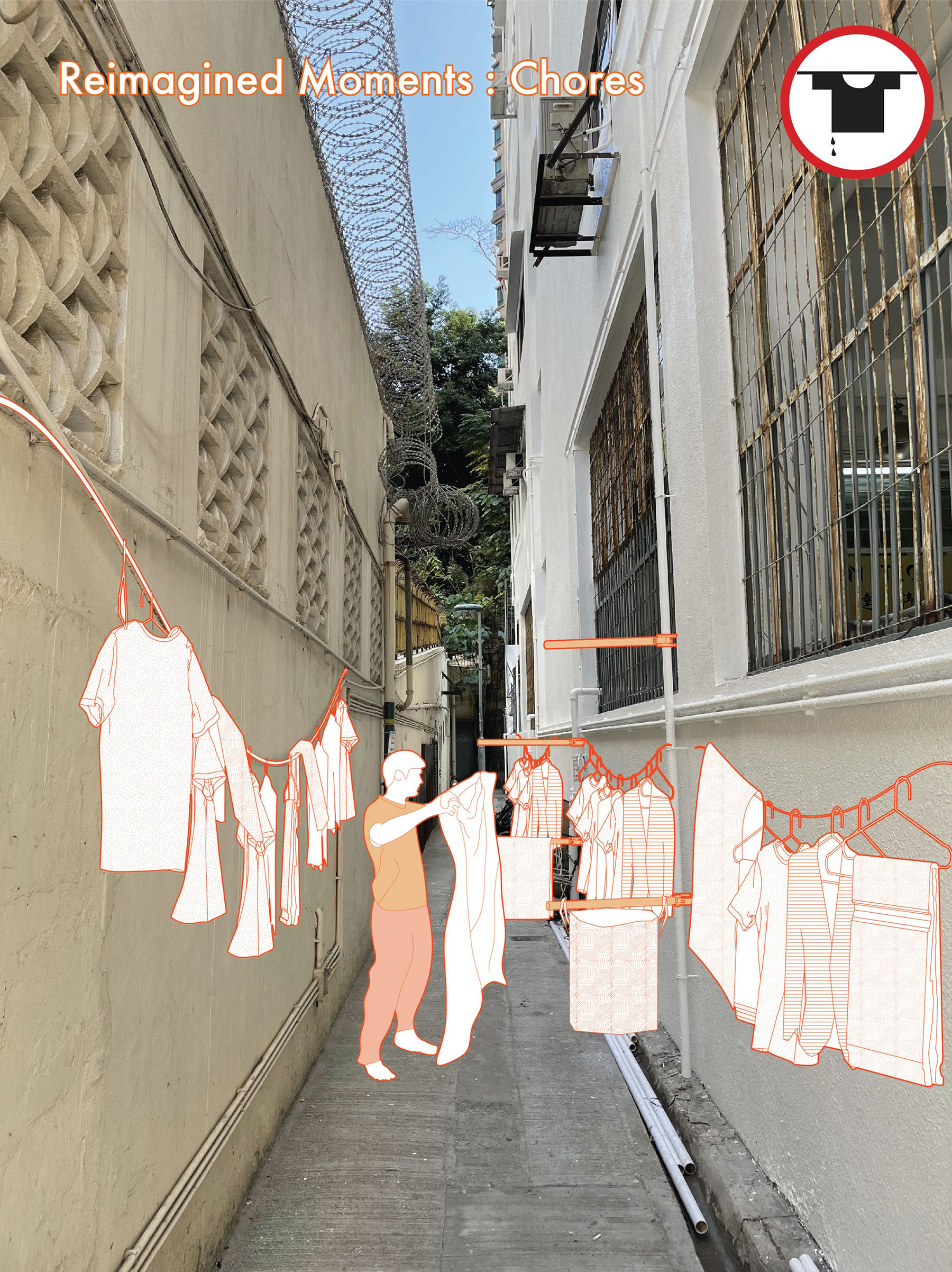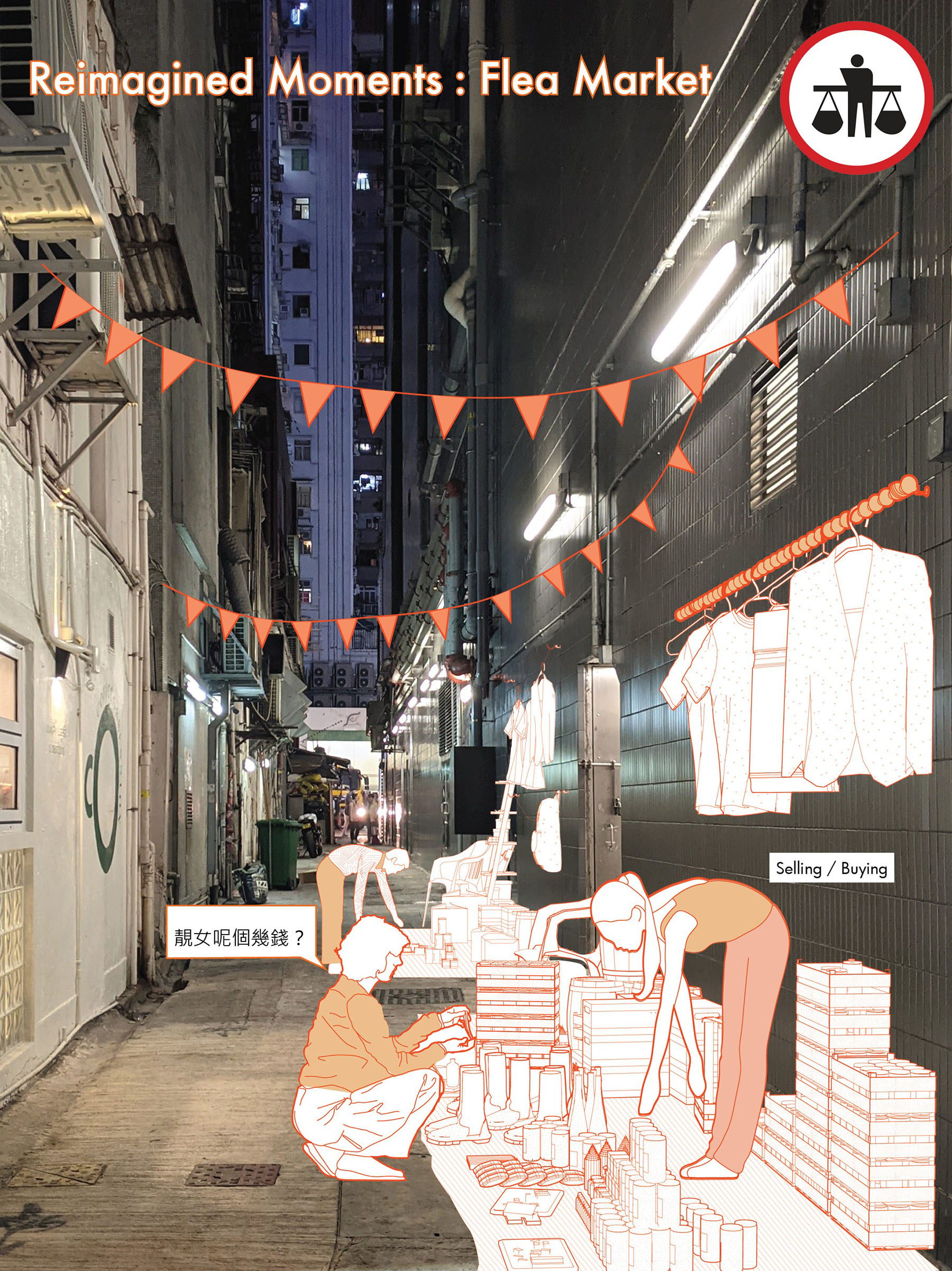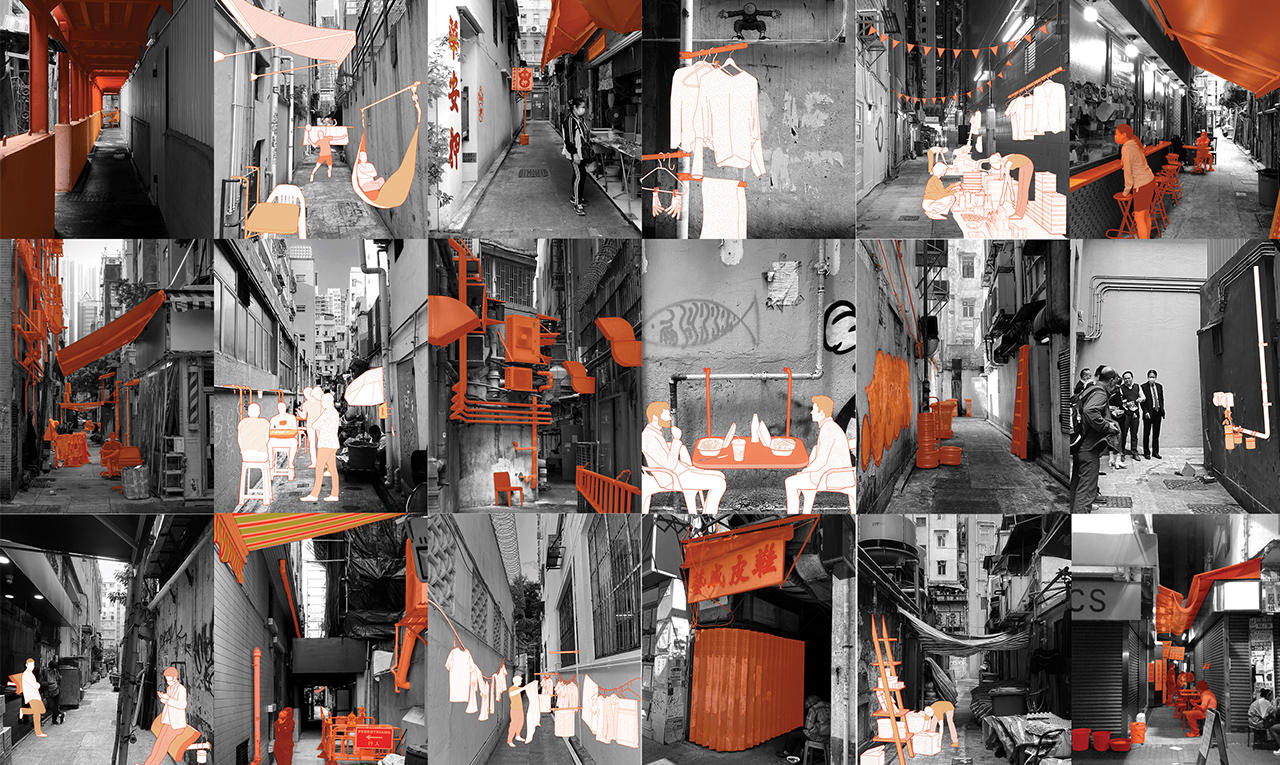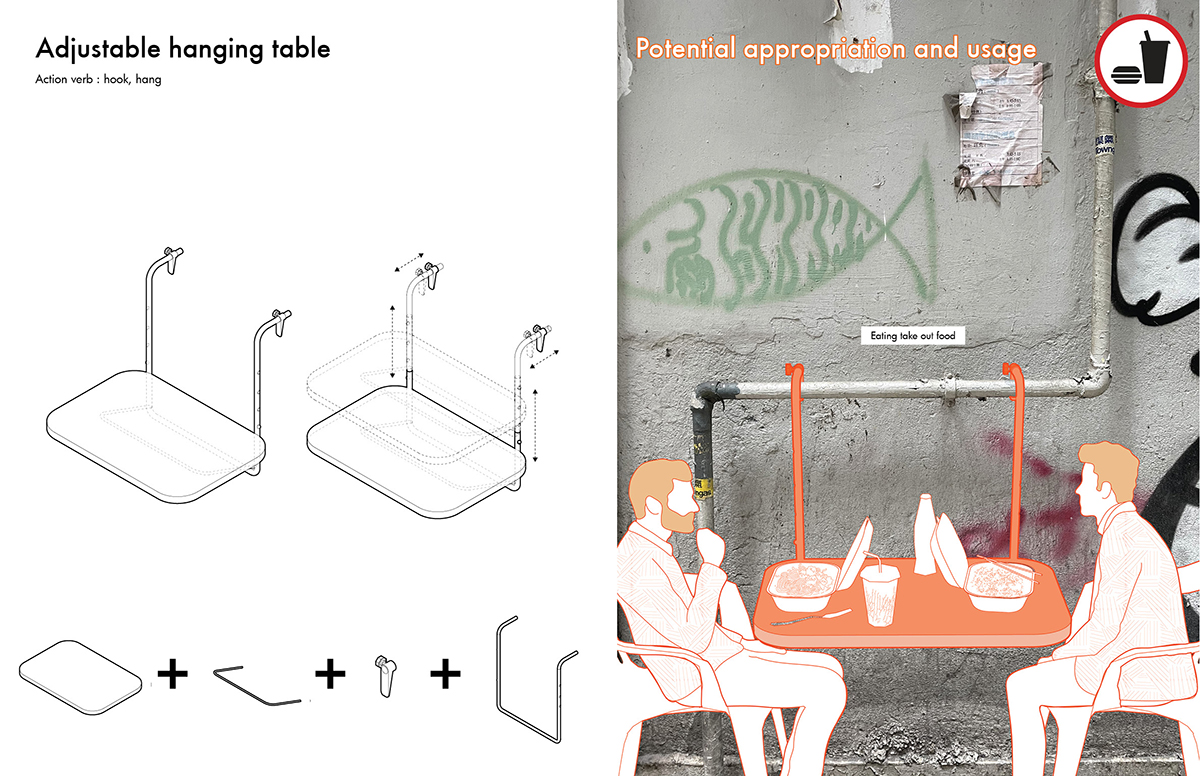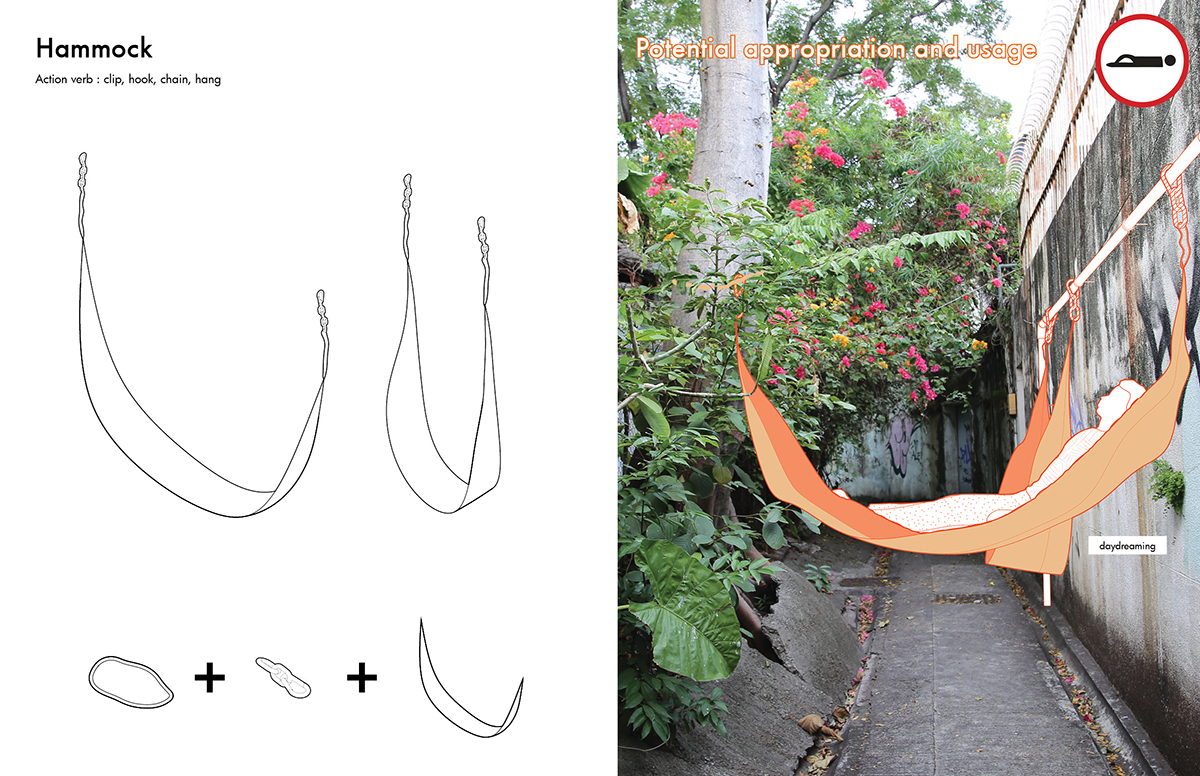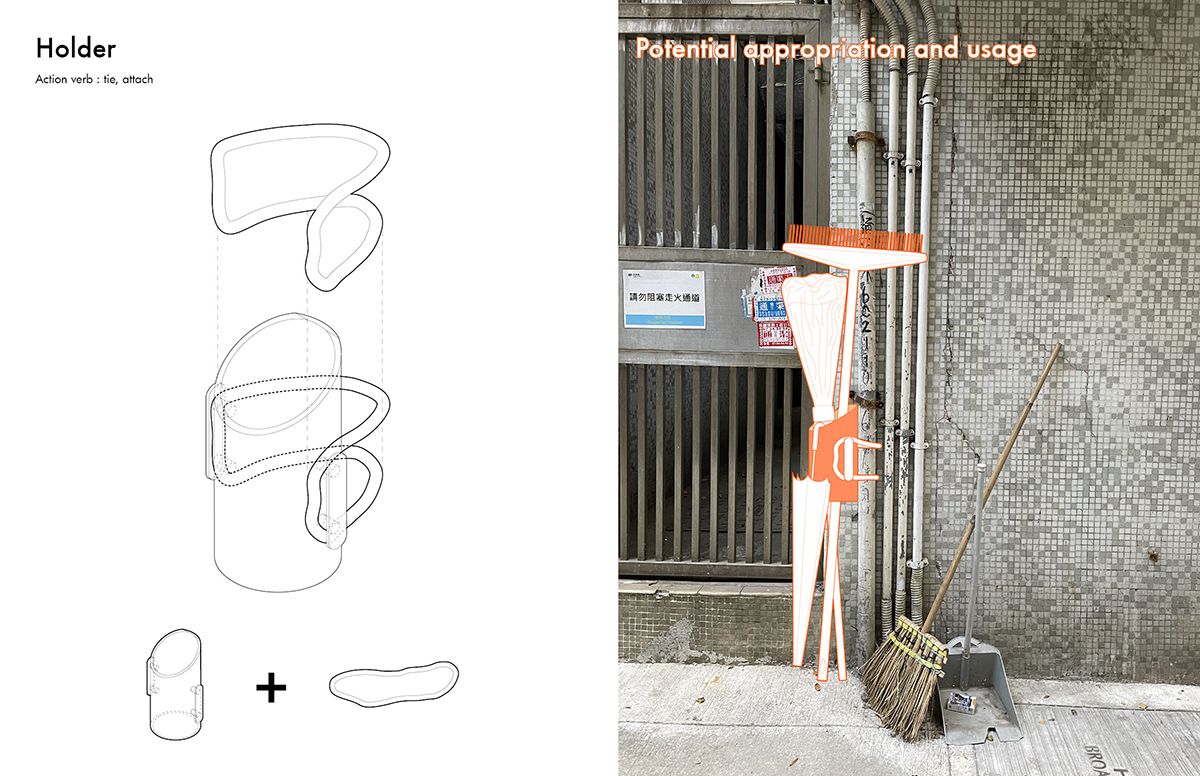Alleyways are often marginalized, avoided because people perceive them as unsanitary, narrow, unsafe and chaotic. In addition, they are unnoticed against the city’s glamorous and vivid streetscape. However, these spaces are more than spaces in between for urban circulation and short cuts through the congested city, they present an unique identity and authentic side of Hong Kong’s grass-roots culture.
Crowd sourced alleyway documentation in Hong Kong
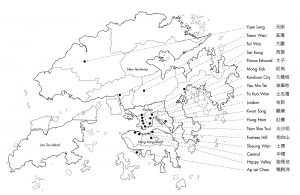
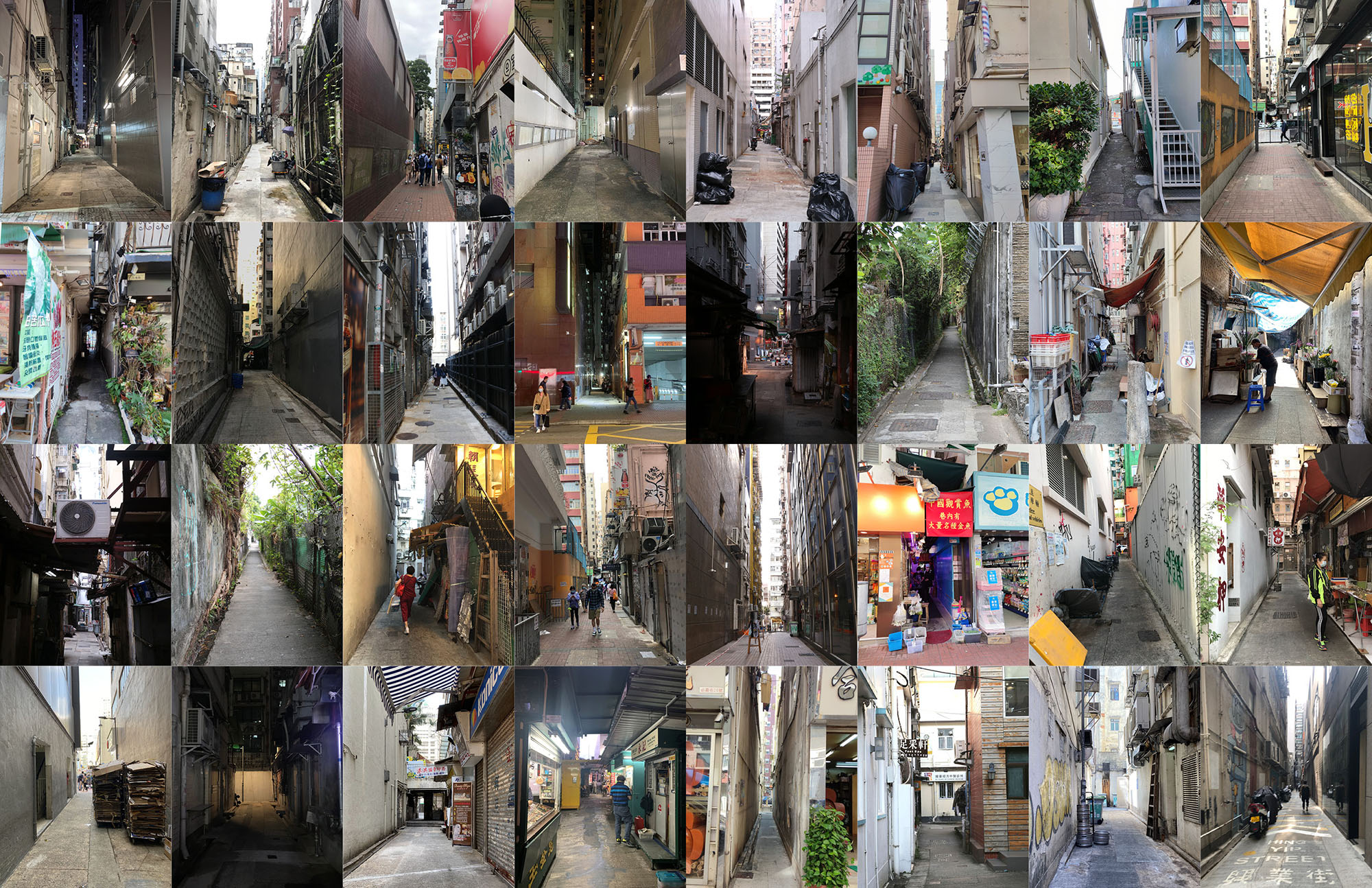


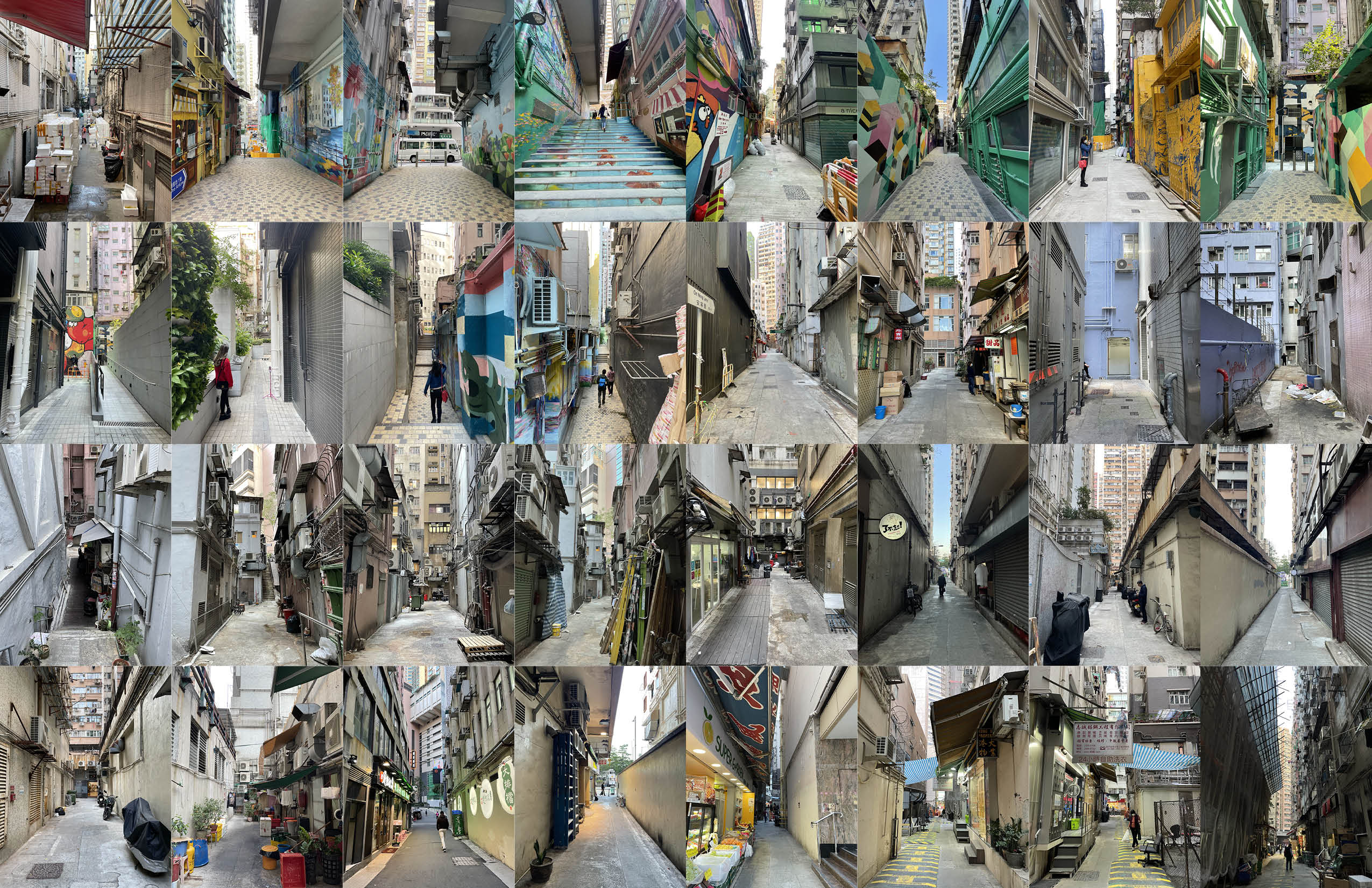
Existing Alleyway Multi-sensory Study and Video Observation


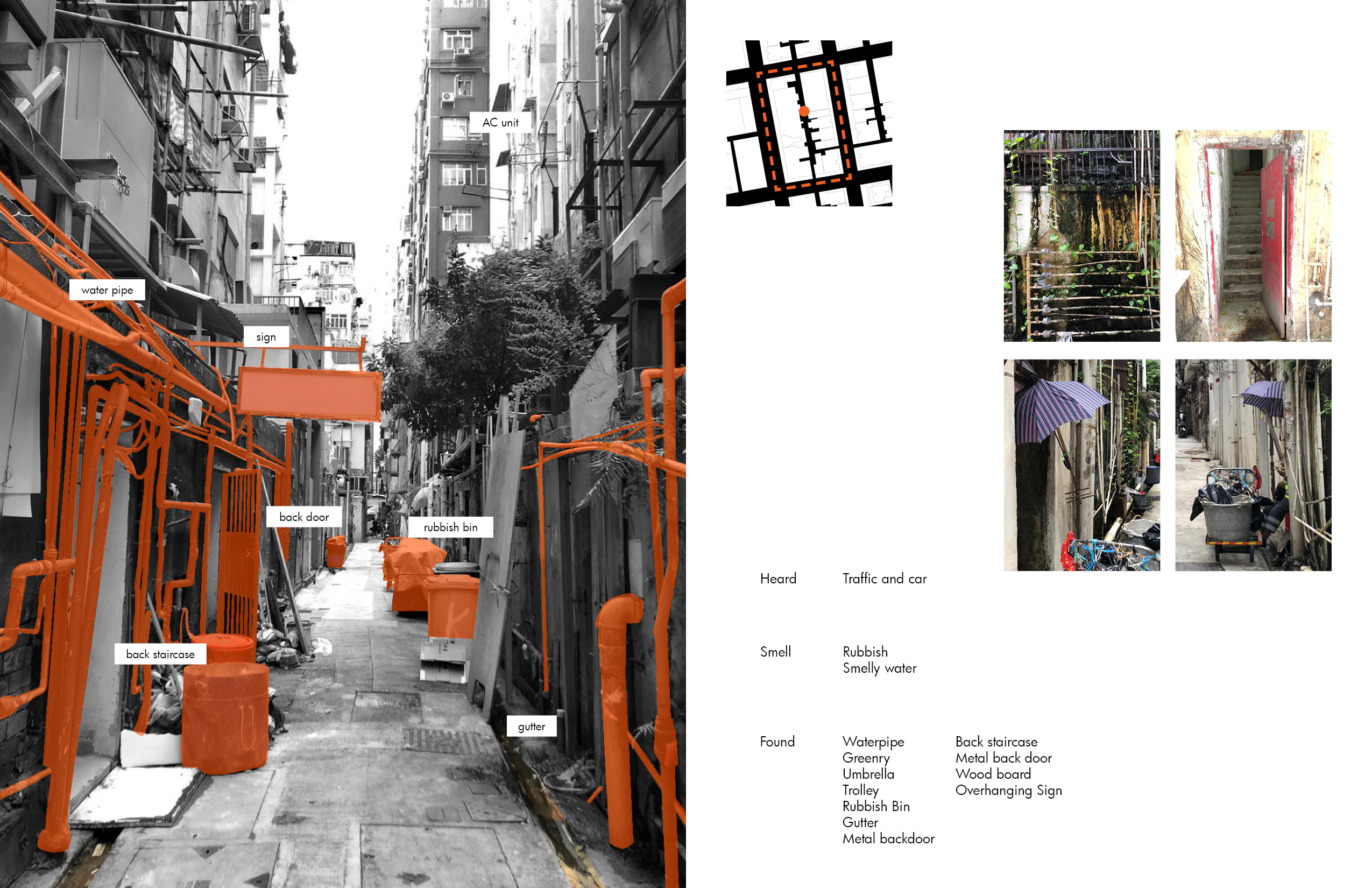
Design Framework
The design proposal focuses on the existing interaction and relationship between appropriation, found objects and action verbs. Based a series of categorization and existing different scale of relationships, the design intervention questions how can alleyway as a public space and an ambiguous grey area can be reimagined for community engagement and potentially activities that was prohibited in government recognized open spaces.
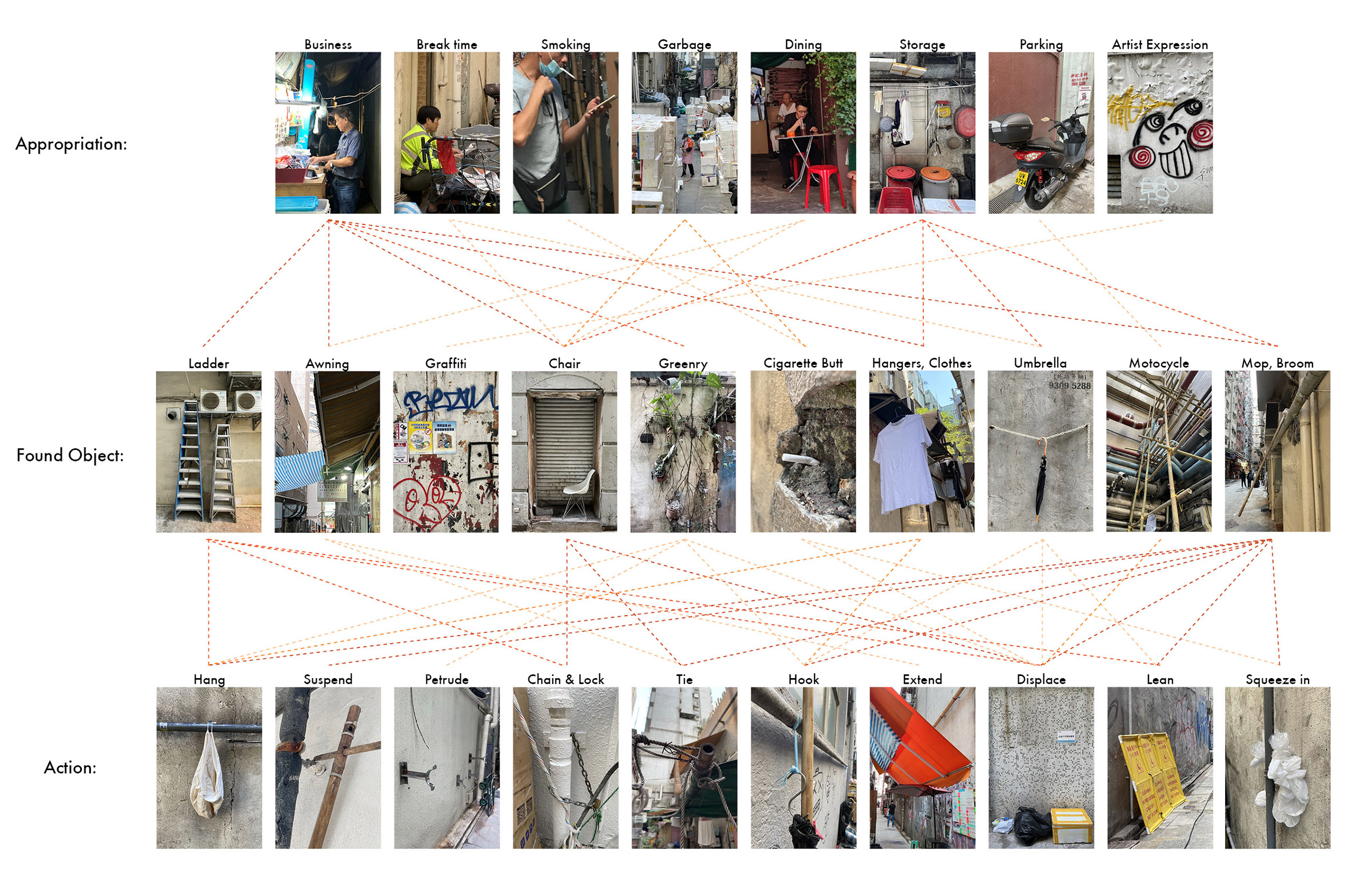

Design Idea
To continue the high degree of informality of alleyways, the proposed design intervention focuses on the action verb “hang, protrude and hook” which derives from the existing grammar and language of how objects interact with the existing infrastructure. For example, external pipes on building walls. The design aims to be applicable to all alleyway environments with a kit of part and an adaptable approach.
The 10 small-scale objects aim to act as agencies and catalysts within the alleyway to stimulate social engagement, improvements and in a positive ripple effect manner. With flexibility and appropriation in mind, most objects are adjustable, easily installed, disassembled and movable to different locations or pipes by alleyway users. At the same time, there are some fixtures which will be permanently mounted into the walls. For example, “Ring-hook” is one of the fixtures which engages with three action verbs: protrude, hang and hook. It can be transformed and utilized in multiple ways based on the alleyway user’s choice. All in all, these small-scale objects intend to support the existing alleyway expressions, continue the informal identity and stimulate vitality of alleyways urbanism.
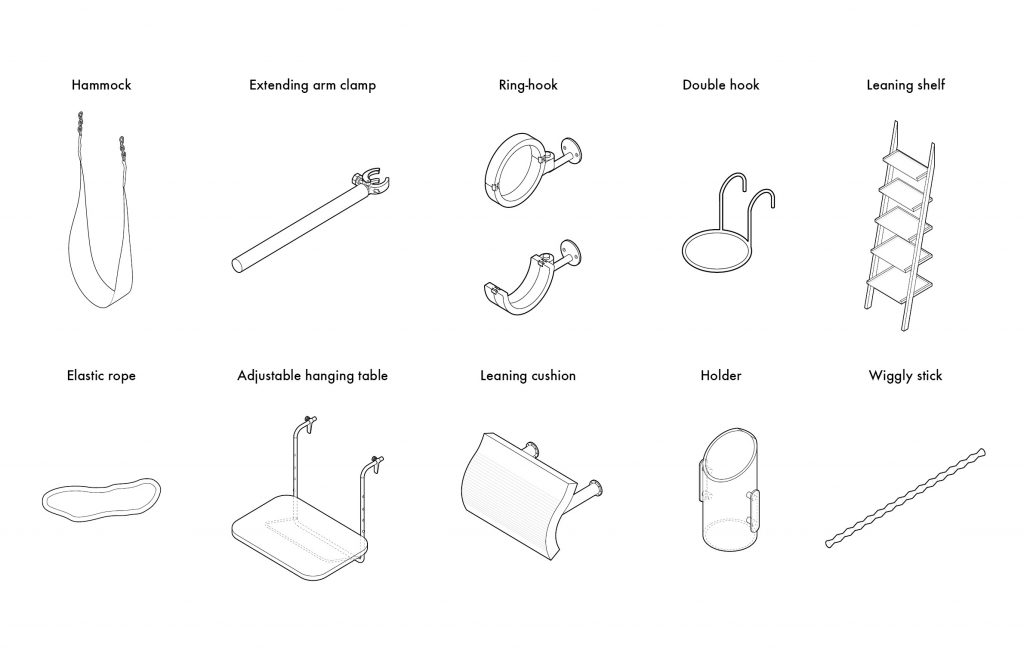
Below are collages that envision how the small-scale objects would allow and promote different appropriations and social interactions. They create new narratives in the alleyways as a public space and an ambiguous grey area with community engagement, potential future re-appropriation and lastly, activities that were prohibited in government recognized open spaces. Additionally, they reimagine how existing informal interactions between appropriation, found objects and action verbs in the alleyways may foster and perpetuate.

